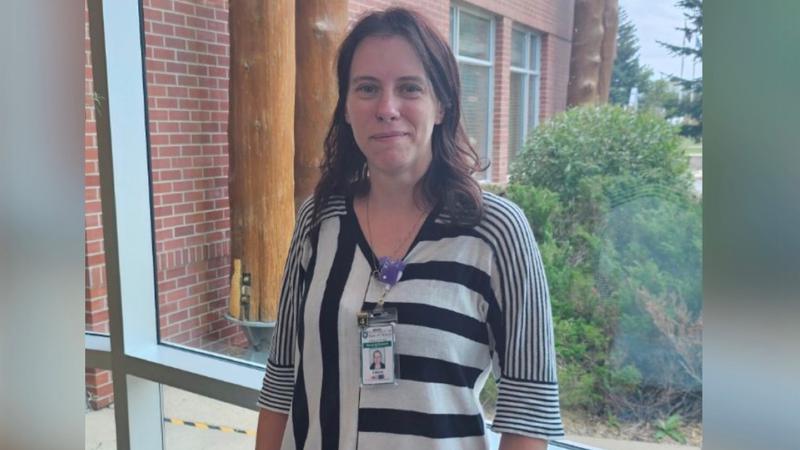
How sediment could solve the water issues at Cumberland House
It’s been nearly a week since a State of Emergency was declared by two northeast Saskatchewan communities, saying they’re running out of water.
The emergency declaration is still in effect for Cumberland House and Cumberland House Cree Nation and was initiated on Thursday. The communities said at the time that water levels had decreased so much, that a month’s supply in its reservoir was all that remained.
Before the emergency was declared, residents were sharing concerns and videos on Facebook, calling for the province to pay attention to the situation.

